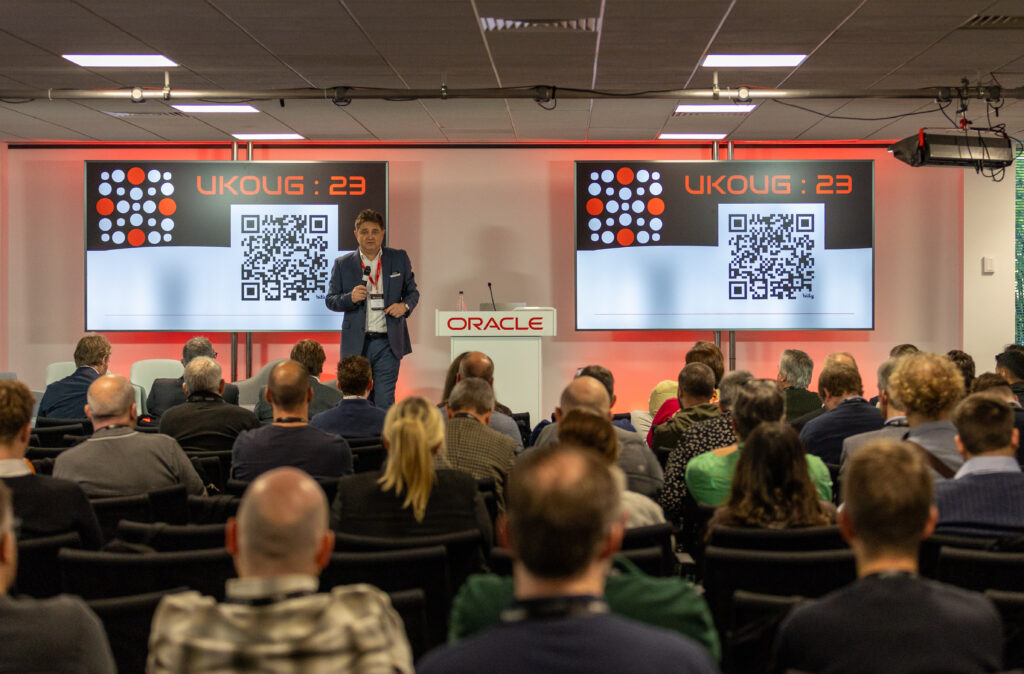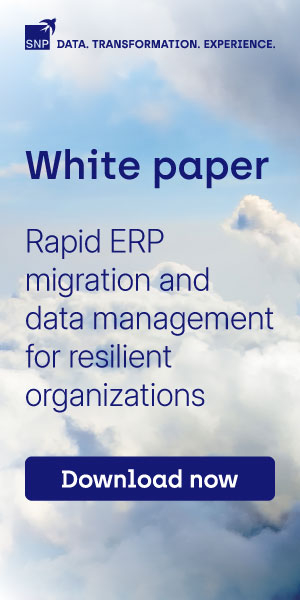Public sector organizations can more often than ever be seen striving to keep up to date and transform their technological experience to improve the overall functionality of systems and the experience for employees across varying departments.
Tasked with managing crucial public work for their residents, local governments are looking for ways to adopt digital transformation in a smart and strategic way to streamline their daily tasks and the service they provide to local residents.
We sat down with Simon Copsey, CIO, and Ghan Varsani, ERP program director at London Borough of Waltham Forest Council, to discuss the move of its finance, procurement and HR processes to the cloud with Oracle – a step away from its previously aging platform.
Yoana Cholteeva (YC): What prompted the council’s decision to move its finance, procurement and HR processes to the cloud?
Ghan Varsani (GV): When I joined Waltham Forest Council over three years ago, they were on a very aged SAP platform.
We had a lot of customized processes, some parts deviated from what they were originally required for. So I came into doing options analysis and looking at SAP but also at other applications, best of breed and single platforms.
YC: What attracted the council to Oracle, particularly, as a transformation partner?
GV: I’ve been on Oracle for over ten years in the ERP space and you can see the investment they’re putting into the local government solution. A good example is in payroll, where previously it just could not manage multiple assignments within the public sector. And now it can, so they have invested and addressed that. And you can see Oracle proactively investing in some of those really nuanced cases that are not uncommon within UK councils. So that was good from an Oracle perspective, and then the benefit of a single platform.
We did a lot of analysis around that and the financial implications for implementation between best-of-breed and single platform weren’t vastly different. But what we then needed to consider is the complexity of the IT landscape, the ongoing costs and complexities and that’s why I think the differentiation becomes a lot clearer.
YC: What was the timeline of your implementation?
Simon Copsey (SC): In 2021, we went through the appraisal process, deciding what system to go for and funding. And then in August 2022, we went live with phase one, which was BPM – our planning module. Phase two, the big one, which was HR, finance and procurement, went live in September 2023. And then we did phase three, which was all about HR processes, recruitment and talent management, which went live in January this year.
So we broke it down into three phases – something we’ve never done before; the big bit; and then the HR stuff, which would change the way people work with processes, the stuff that we weren’t doing very well before and we wanted to make better going forward.
YC: What were the main hurdles and considerations during the implementation?
GV: I guess data is always a challenge. Especially data from where it was before, a very different system, a very different architecture from SAP to Oracle, the integrity of the data, the cleanliness of the data is something that we put a lot of effort into upfront, and we could always have done with more effort in that. Then, making sure we got the most out of the data migration cycles. I’m talking about employee data and not so much resident data.
SC: We have a lot of integrations with other systems. So residents’ money goes out, money comes in and that has to be accounted for within Oracle so we’ve got interfaces and integrations with housing systems, council tax systems, cash systems, in particular, because a lot of money’s paid in for council tax. So we have to be able to show where that money has come from and where it’s gone to in our general ledger. That’s the key thing that does have a huge impact on residents.
We also have money for people who get out of social care so if someone’s in care, we pay their supplier, so we have to keep paying their supplier and that has an interface with the social care system. Sometimes the people who receive care are paying for elements of their care, so we get money in from them. So there was the potential for a lot of impact on our residents when we did this and so it was absolutely key to get the integrations right.
YC: Do you think that a similar type of modernization is something that other councils and public sector organizations can benefit from, especially when it comes to ERP?
SC: Definitely, but you should never look at it as a simple answer, because it’s a big program. There is a lot of work and risk associated with it. If you do it right then it’s well worth it. I mean, essentially we have gone live where the product is continually updated, and we can see the benefits of that already. When we come to do things like the year-end and some of the big processes, the testing is a lot easier than it was last year, I’ve seen that already. I’m now thinking that we haven’t had to do this this year, which we’ve had to do every year for the last ten years. And that’s a quite laborious programming work.
Now you get the updates automatically. You do the testing, but it’s much easier than it was before because of the cloud platform. And so when we do our year-end now, we hope that it’s going to be cleaner and smoother. We are seeing the benefits already of a single platform in the cloud.
YC: Was there a large degree of change management involved in the process?
GV: Absolutely. The change string was the largest string of the program. Looking at all aspects of change, not just the usual things you would expect, like training, and making sure that there was familiarization with the system. There were the software aspects of culture change and getting more employees onto the system sooner, testing the system and so on. So that was a big aspect of it. And there’s also the comms as well; that was around the annual council events as well and meeting a lot of different areas of the organization.
The council is very widely spread across different functions. For example, raising the purchase order in one area is sometimes a very different experience than in another area. So we ended up meeting with lots of those senior management teams and the people who actually do it.
SC: The process also involved a dedicated SharePoint website with Oracle so people always knew where to go to find out where training was happening, guides, things like that. We also invested in Oracle Guided Learning so that people have help when working on the screen so they know how to do that. And I think the key thing was that we realized this is a business change. And in the governance around it, it was never considered to be an IT product.
It started out three-four years ago and we were thinking about how we were going to change the technology system, but we quickly made people realize that this is the easy bit. For example, we’ve had technical integration issues or data migration. Fixing that was quite straightforward, relatively speaking, it was just about changing the way the interface works or the way the migration was done. But when you’re trying to change the way people work, that’s completely different. Because you have to communicate with like 50 people who now have to all start doing the same thing. Whereas when you’re just changing the interface, you only need a couple of people to get in the room and agree on how to work to fix the issue.
YC: There is a common belief that transformations in the public sector are more challenging because people could be a bit more resistant to change. What has your experience been?
SC: I think that’s a misconception. We go through change all the time. The biggest challenge is actually to make people believe in the change. People are willing to change but they want to know if this will work.
Anytime you change a system everyone’s like ‘Oh, I’ve got to change the way I work’. It’s a natural human behavior, but local authorities have been through austerity over the last ten years; the first one started at the end of the financial crisis and we are going through austerity again. We have to change all the time. And the key thing is keeping people informed about why you’re doing that change and they want to believe in it.
In this case, I think people do get a lot of benefits and I think the pain reduction has been a lot easier than anticipated. It was tricky at first in September, don’t get me wrong, but it’s been progressively getting better and better.






